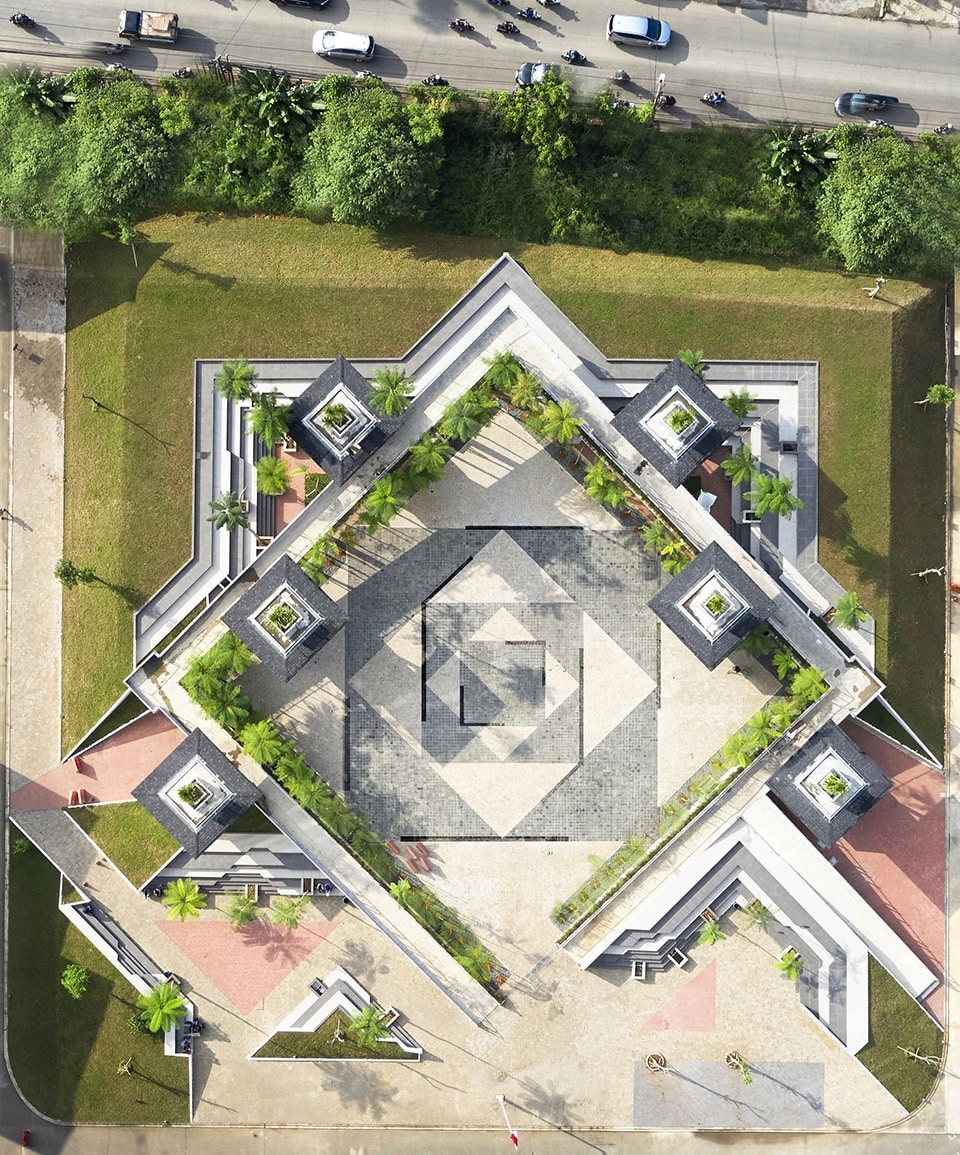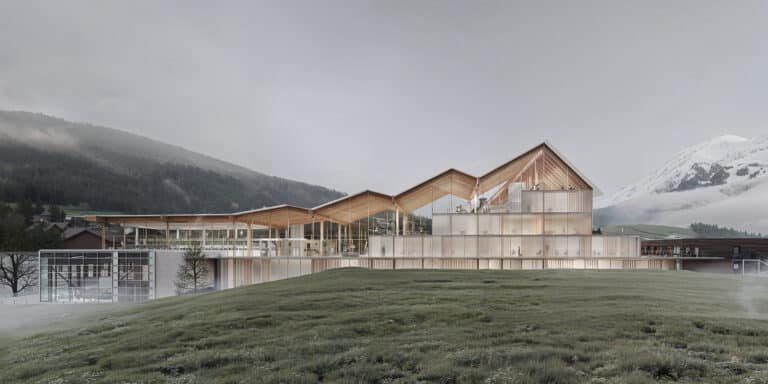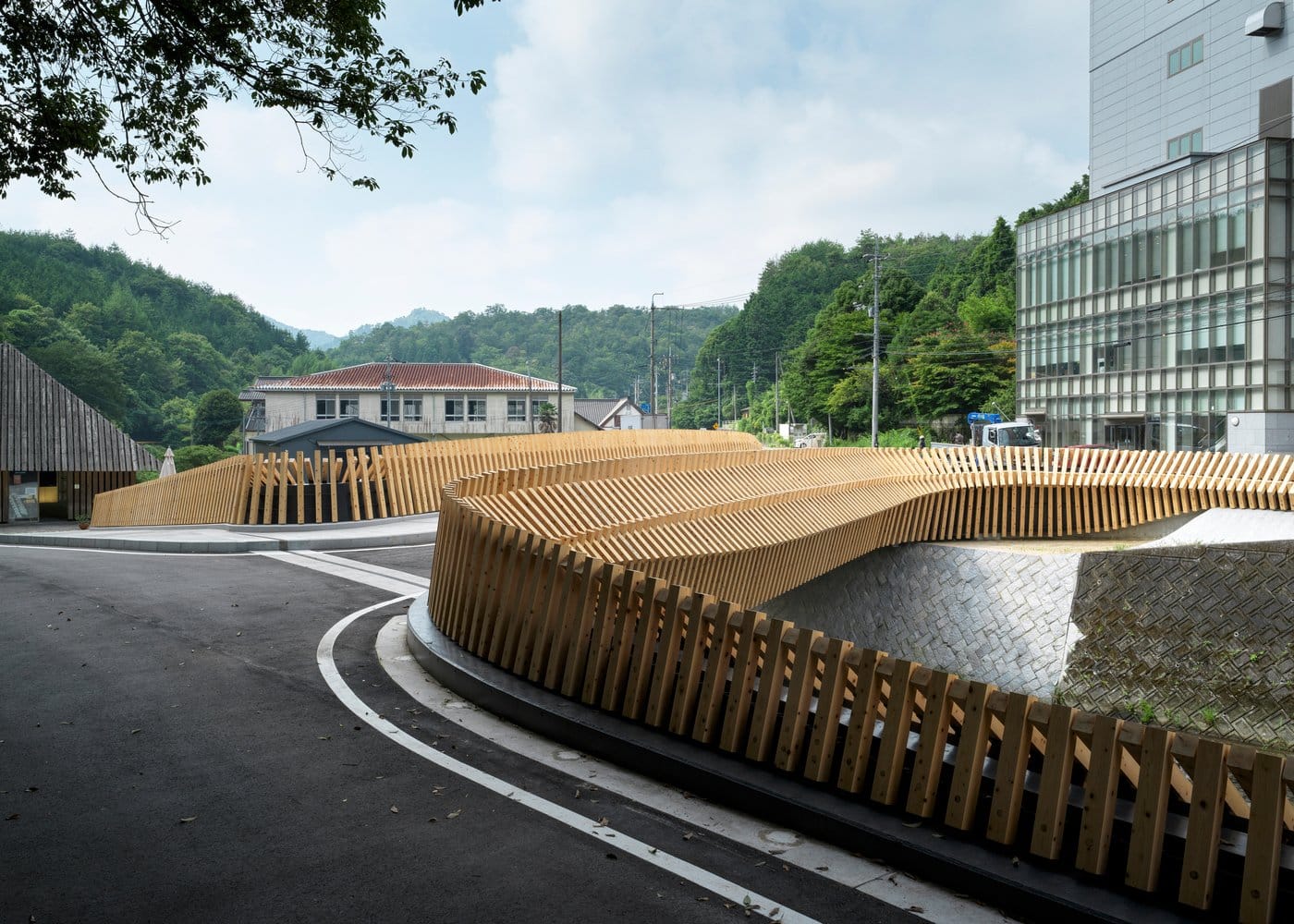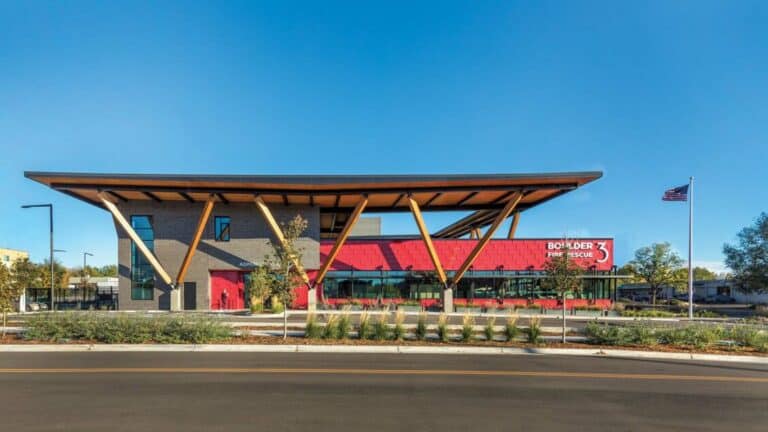Islamic Star” Inspires Urban Design at Pamulang University
In an effort to strengthen cultural and religious identity, Pamulang University has launched a creative project to design a new public plaza inspired by a well-known Islamic symbol: the “Rub-el-Hizb,” often referred to as the “Islamic Star.” This initiative aims to integrate Islamic values into architectural design while promoting community interaction through open spaces.
This article explores:
- The meaning and origins of the Islamic Star.
- This section explains how the design team incorporated the symbol into the plaza’s layout.
- The relationship between urban design and cultural identity.
- The importance of blending modern architecture with local traditions.
- An analytical review and critical perspective on the plaza project from experts in the field.

What is the “Islamic Star”?
The Islamic Star, or Rub-el-Hizb (ربع الحزب), is not merely a decorative motif but carries deep cultural and historical significance.The Islamic Star has eight points formed by two overlapping squares. Artists and architects widely use it in Islamic art and architecture, and the symbol marks a quarter of a section in the Quran
According to the Islamic Encyclopedia :
“The Rub-el-Hizb is one of the most widely recognized symbols in Islamic art and appears frequently in manuscripts, flags, and architectural ornamentation.”
Historically, many Islamic countries like Turkey, Egypt, and Iraq have used the symbol both decoratively and as a cultural identifier in traditional architecture.

How Was the Star Used in the Plaza Design?
The design team based the plaza’s layout on the geometric form of the eight-pointed star and arranged spaces like green areas, walkways, and buildings around this symbolic shape. The goal was not only aesthetic but educational — aiming to raise awareness of this cultural emblem and reintroduce it into public consciousness.
The design team created the plaza as an open exploration area that encourages users to move freely between different zones, each representing aspects of Islamic values such as knowledge, art, and community dialogue.
Integration of Modern Architecture and Local Heritage
The project blends tropical contemporary architecture with Islamic cultural heritage, creating an open space that includes:
- A central plaza.
- An outdoor amphitheater.
- Floating discussion pods.
- Elevated garden terraces.
- Flexible pedestrian paths.
These elements aim to encourage interaction among students and the local community by offering spaces for artistic and academic discussions, as well as cultural events.
The design reflects the principle of “mutual penetration” between natural and built environments, incorporating green corridors that connect the university to the plaza, facilitating movement and giving visitors a sense of belonging.

The Relationship Between Urban Design and Cultural Identity
One of the key goals of the project is to reinforce cultural identity within the public space, especially in educational institutions that play a central role in shaping social awareness.
Researchers in cultural architecture argue that urban design is not just functional — it conveys messages and represents societal values. In this case, using the Islamic Star as a foundational element in the design marks an important step toward redefining religious identity in a modern context.
Table Showing Key Project Elements
| Element | Description |
|---|---|
| Main Plaza | Central hub for cultural and social activities, designed in the shape of an eight-pointed star |
| Outdoor Amphitheater | Integrated into the landscape for literary and artistic events |
| Discussion Pods | Semi-private meeting spaces visually connected to the public area |
| Elevated Gardens | Green areas separating functions and providing rest spots |
| Green Corridors | Pathways linking the university and the plaza, guiding movement |

ArchUp Opinion – Personal Analysis and Constructive Criticism
The plaza project at Pamulang University demonstrates how designers can integrate cultural symbols into urban design in a contemporary way. However, there are several points worth noting:
- Overemphasis on Symbolism : While the use of the Islamic Star is innovative, the project could better explain how this symbol enhances the daily user experience beyond aesthetics.
- Environmental Challenges : There is no mention of sustainable materials or energy-saving strategies, which would be crucial in a tropical climate.
- Community Engagement : It remains unclear whether the plaza will host ongoing cultural programs that support its intended purpose, or if it will remain primarily a visual landmark without real social impact.
In conclusion, the project succeeds in its conceptual framework, but its full success will depend on how effectively the design team implements it and how well it benefits the local community
Summary Table of Key Points
| Point | Summary |
|---|---|
| Symbol Used | Islamic Star (Rub-el-Hizb) |
| Location | Pamulang University, Indonesia |
| Purpose of Design | Reinforce Islamic identity and provide interactive spaces |
| Key Elements | Plaza, amphitheater, discussion rooms, gardens, pathways |
| Design Philosophy | Blend tropical architecture with Islamic heritage |
| Potential Challenges | Lack of environmental details, unclear community usage plan |

Frequently Asked Questions (FAQ)
Q: What is the “Rub-el-Hizb”?
A: It is an Islamic symbol used to mark the end of a quarter section in the Quran. It takes the form of an eight-pointed star made from two overlapping squares.
Q: Why was this symbol chosen for the design?
A: Because it represents Islamic identity and serves as a cultural icon that can be used structurally and symbolically in architecture.
Q: Can this model be applied to other projects?
A: Yes, the idea of integrating cultural symbols into urban planning can be adapted, provided it aligns with the environmental and social context of the location.
Q: What are the social benefits of this type of design?
A: It strengthens cultural belonging, encourages interaction among individuals, and offers versatile public spaces.
Q: Is there evidence that this approach has succeeded elsewhere?
A: Yes, similar projects exist in the Islamic world, such as the National Museum of Qatar and Sheikh Zayed Grand Mosque in Abu Dhabi, where cultural symbols have been successfully integrated into architectural design.







